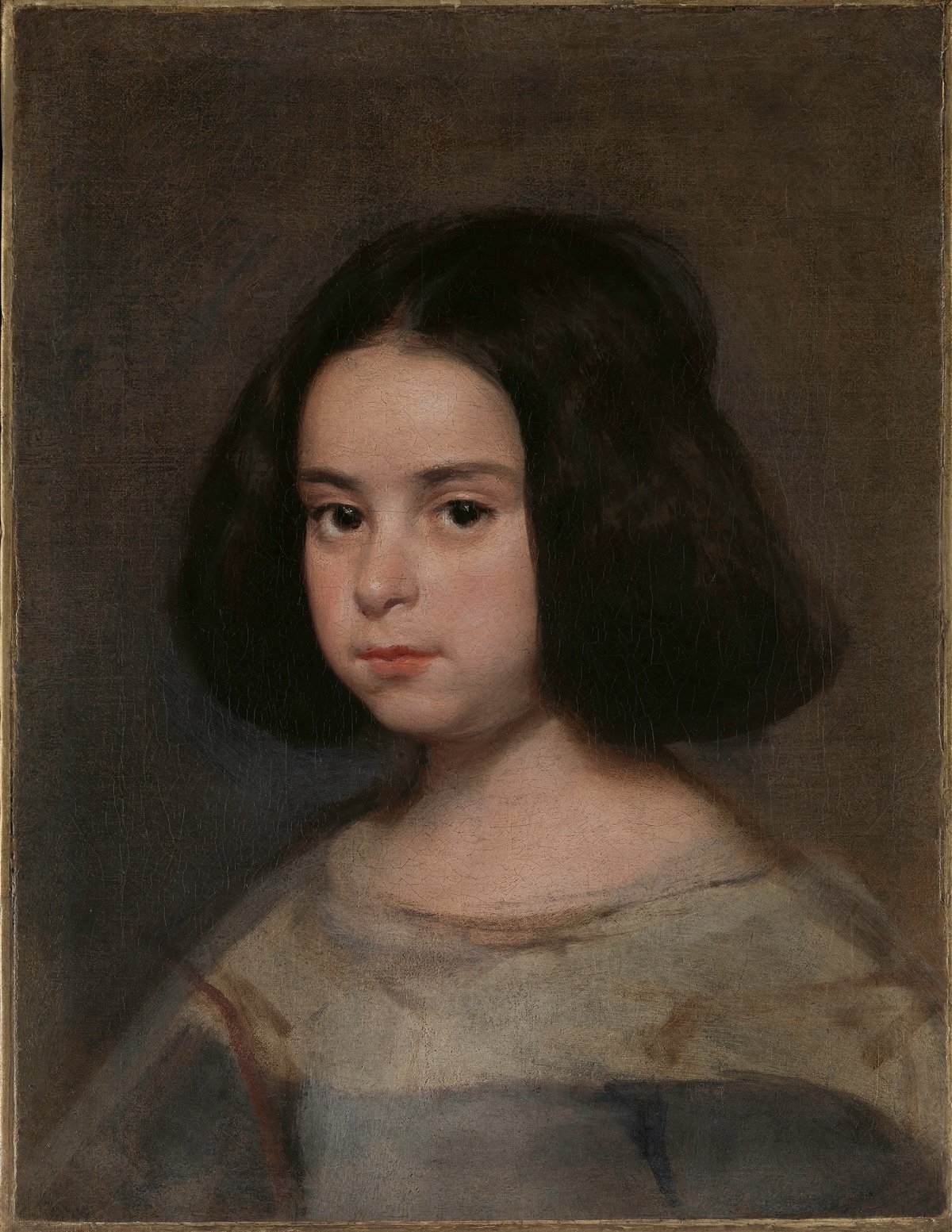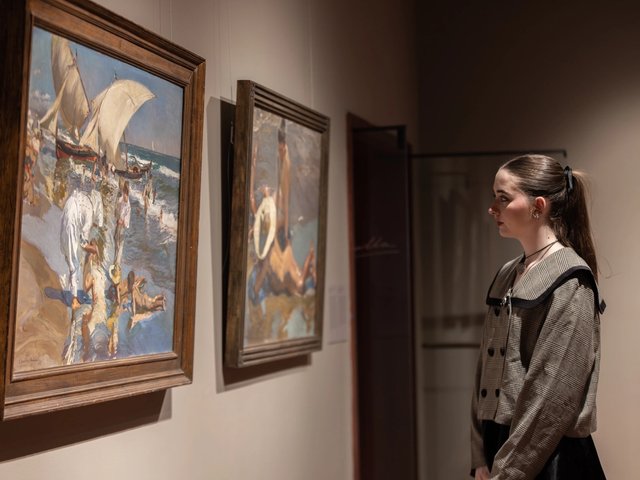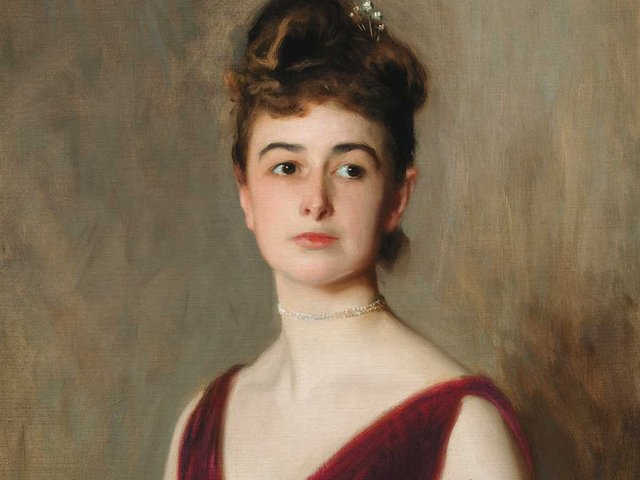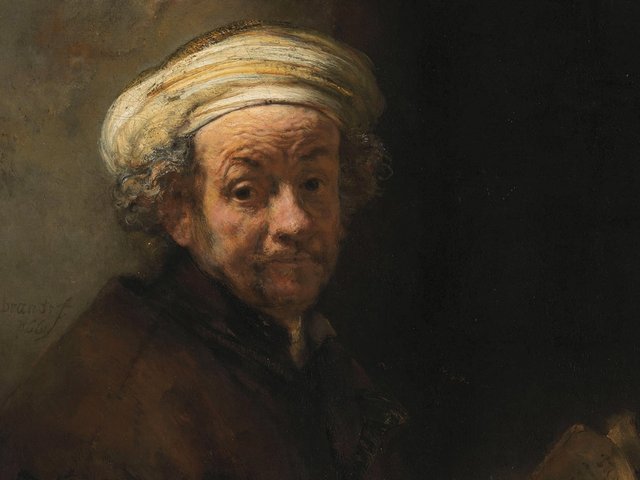These days the state of Texas can seem as American as apple pie, as the expression goes. But a longer view reveals nearly 150 years of Spanish and then Mexican control, finally ending in the 1830s when a brief period of Texan independence culminated with US statehood in 1845. Therefore, it seems logical that New York City’s Hispanic Society Museum and Library would include a Texan museum in its stellar US tour of Spanish and Latin American works of art.
The Hispanic Society’s years-long renovation of its Manhattan premises freed up many 16th- and 17th-century in-house masterpieces, and, since late 2024, 57 works from its permanent collection—including all three of its Diego Velázquez paintings—have hit the road for a three-venue travelling show. That tour reached its final stop in Austin, Texas, when Spirit & Splendour: El Greco, Velázquez and the Hispanic Baroque opened Sunday (24 August) at the Blanton Museum of Art, one of America’s largest university museums.
While still top-heavy with the Hispanic Society’s signature works, like Velázquez’s beguiling Portrait of a Little Girl (around 1638-42), the Blanton version sets itself apart from earlier iterations in Florida and Wisconsin by adding a few key works from its permanent collection. El Greco’s 1570s Pietà, inspired by Michelangelo, will be paired with a Blanton engraving from the Bologna-born artist Giulio Bonasone, titled Pietà for Vittoria Colonna, after Michelangelo (1546). And the Blanton polychrome terracotta sculpture Education of the Virgin (1689-1706) will be a reminder of the remarkable career of Luisa Roldán, Baroque Spain’s notable female artist.
Netherlandish innovations
Arranged chronologically, the show will begin with the 16th-century reign of Philip II, when Spain controlled the Low Countries with an iron fist but still kept itself open to Netherlandish innovations. Anthonis Mor van Dashorst—born in Utrecht in 1519 and then active in Antwerp, Brussels and Madrid—helped launch Spain’s later tradition of portraiture. He is represented in the show with a severe but impressive portrait of the Spanish general and statesman Fernando Álvarez de Toledo, the Third Duke of Alba (1549), who is menacingly shown in full armour, holding a baton.
Spirit and Splendour concludes with works by artists active in Mexico and South America—figures that the Blanton curator Holly Borham, who helped organise the Texas version of the show, says have particular relevance for home audiences. The Austin museum has important holdings of Latin American art, Borham says, and the new show “is a nice bridge” to the Blanton’s permanent collection.
The Mexican-born artist Nicolás de Correa is not as well known as his uncle, the Spanish-born Mexican painter Juan Correa, but his remarkable 1696 work, The Wedding at Cana, provides great insight into the cultural life of colonial Mexico. The biblical scene—an oil and mixed-media work on wood panel, inlaid with mother of pearl—is placed on a dark background, which may have been a response to the era’s hankering after luxurious Asian lacquerware. In spite of its glittering material and sombre palette, the work is light-hearted, even joyful.
Elsewhere, another view of the Spanish Empire will be seen in the oil-on-canvas painting, Saint Peter of Alcántara and Saint Teresa (around 1724) by the Bolivian artist Melchor Pérez Holguín, who was active in the mining boomtown of Potosí. The harrowing but poignant scene is a reminder that Baroque religiosity was meant to console as well as dazzle.
- Spirit & Splendor: El Greco, Velázquez and the Hispanic Baroque, Blanton Museum of Art, Austin, until 1 February 2026






